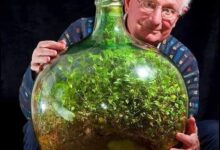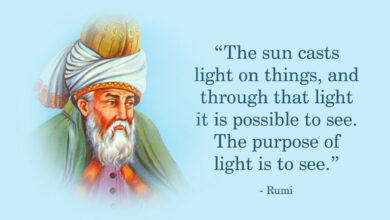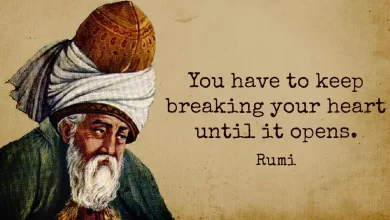
The HAPPINESS of EXCELLENCE
The HAPPINESS of EXCELLENCE
Eric Greitens says that there are three primary forms of happiness: the happiness of pleasure, the happiness of grace, and the happiness of excellence5. He compares them to the primary colors, the basis on which the entire spectrum is created.
The happiness of pleasure is largely sensory. It’s a good meal when you’re hungry, the smell of air after it rains, waking up warm and cozy in your bed. The happiness of grace is gratitude. It’s looking over to see the love of your life sleeping next to you and whispering, “thank you.” It’s taking inventory of what you do have. It’s when you speak to something greater than yourself, expressing humility and awe.
And then there is the happiness of excellence. The kind of happiness that comes from the pursuit of something great. Not the moment you arrive at the top of the mountain and raise your fists in victory, but the process of falling in love with the hike. It is meaningful work. It is flow. It is the purpose that sears identity and builds character and channels our energy toward something greater than the insatiable, daily pursuit of our fleeting desires.
Just as removing one of the primary colors would make many others impossible (without yellow, you could not have any shade of green) without any one of these happinesses, it is almost impossible to thrive.
One cannot replace another. They are all necessary. But we try anyway.
To drink in excess, for example—the happiness of pleasure—is common when the happiness of excellence isn’t being pursued. But it is not, and will never be, the solution.
“Lots and lots of red will never make blue. Pleasures will never make you whole.”
The happiness of excellence is the work of emotional resilience. It’s the highest ranking on Maslow’s hierarchy. It is measured, deliberate, and consistent. It is often avoided because the discomfort is palpable, and the reward isn’t instantaneous. There’s no contact high during the first days of marathon training when your lungs are stinting and you want to vomit. But over time, you develop your skill. You begin to imagine what you could accomplish. You fall in love with the process.
Though all three of the happinesses are different, they are all shaped by context. Someone who has gone without food for three days is more attuned to the happiness of pleasure than people who consider meals and shelter givens.
Likewise, those who have never acquainted themselves with the power and pleasure of working toward something fueled not by the sparks of passion but with the embers of sober, consistent resolve, do not know that on the other side of exerted effort, there is profound reward.
Many of us are colorblind to the joys and complexities of our lives, and it is because we are missing a part of the foundation. We want to be authors but have no desire to develop the discipline it takes to sit down and write for four hours a day for years on end. We want to be legends and geniuses and masters, but care little to develop the discipline it would require to log our 10,000 hours—so to say.
Happiness is not only how we can astound our senses, but also the peace of mind that comes from knowing we are becoming who we want and need to be. That’s what we receive from pursuing the happiness of excellence: not accomplishment, but identity. A sense of self that we carry into everything else in our lives. A technicolor pigment that makes the entire spectrum come alive.







